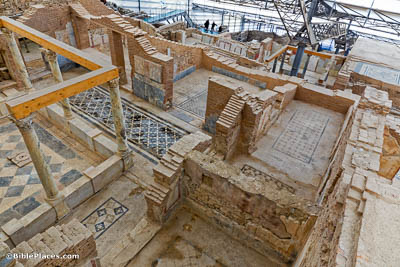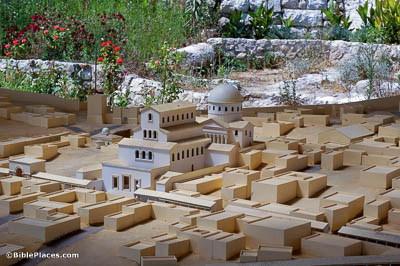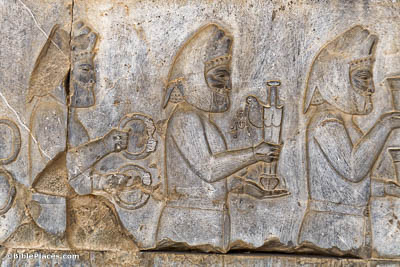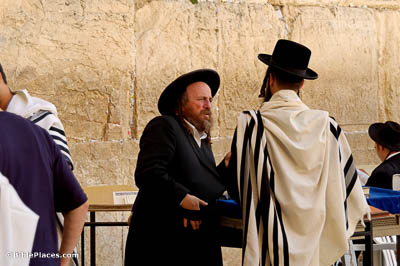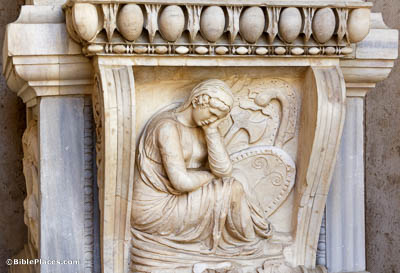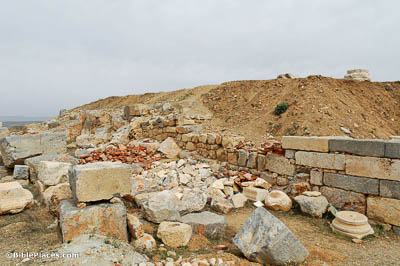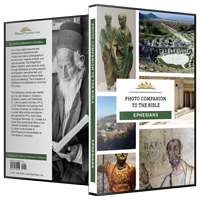But God, being rich in mercy . . . (Ephesians 2:4)
The “richness” of God in His mercy is illustrated here by material richness. Inhabitants of Ephesus would have been familiar with wealth. A series of six luxurious residences are located on terraces on the side of the hill south of the Library of Celsus at Ephesus. The oldest building dates to the 1st century BC and continued in use as a residence until the 7th century AD. Some of what is preserved here is older than Paul, and some had not been constructed yet in his day; many also underwent renovation through the centuries. These houses give us an unprecedented look into the way the wealthy lived during this time.
